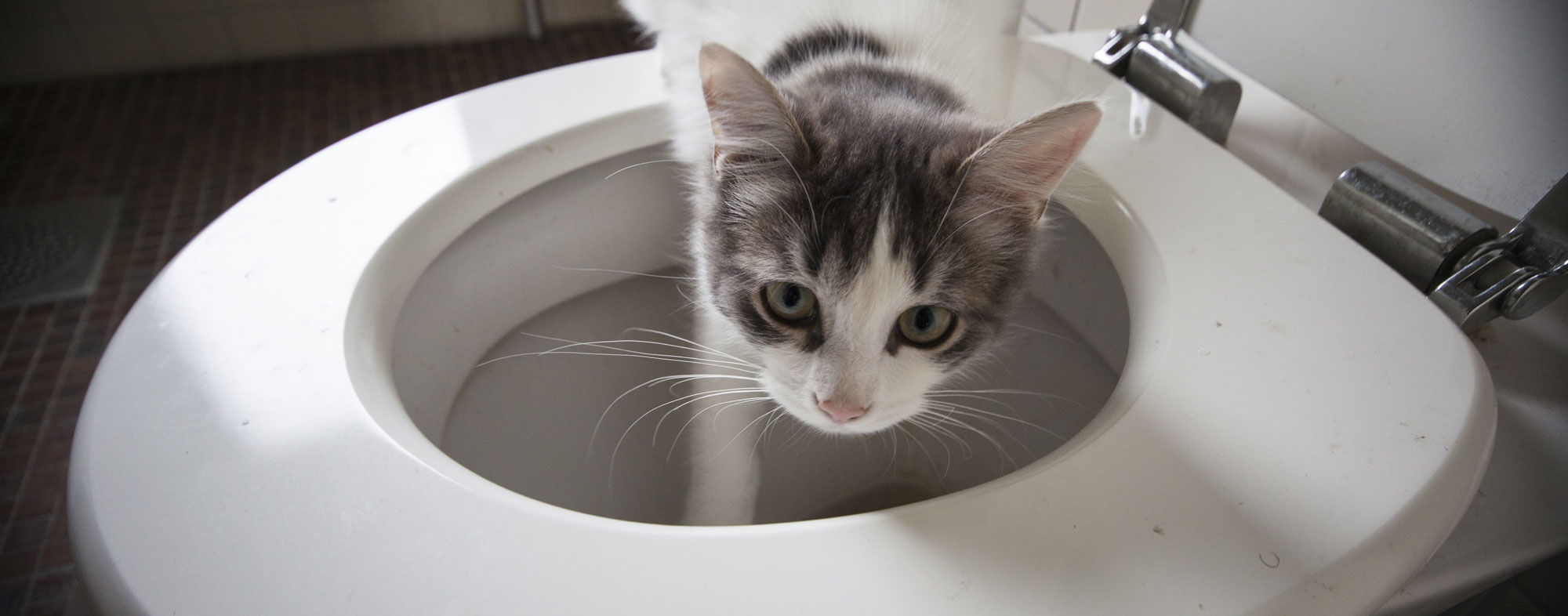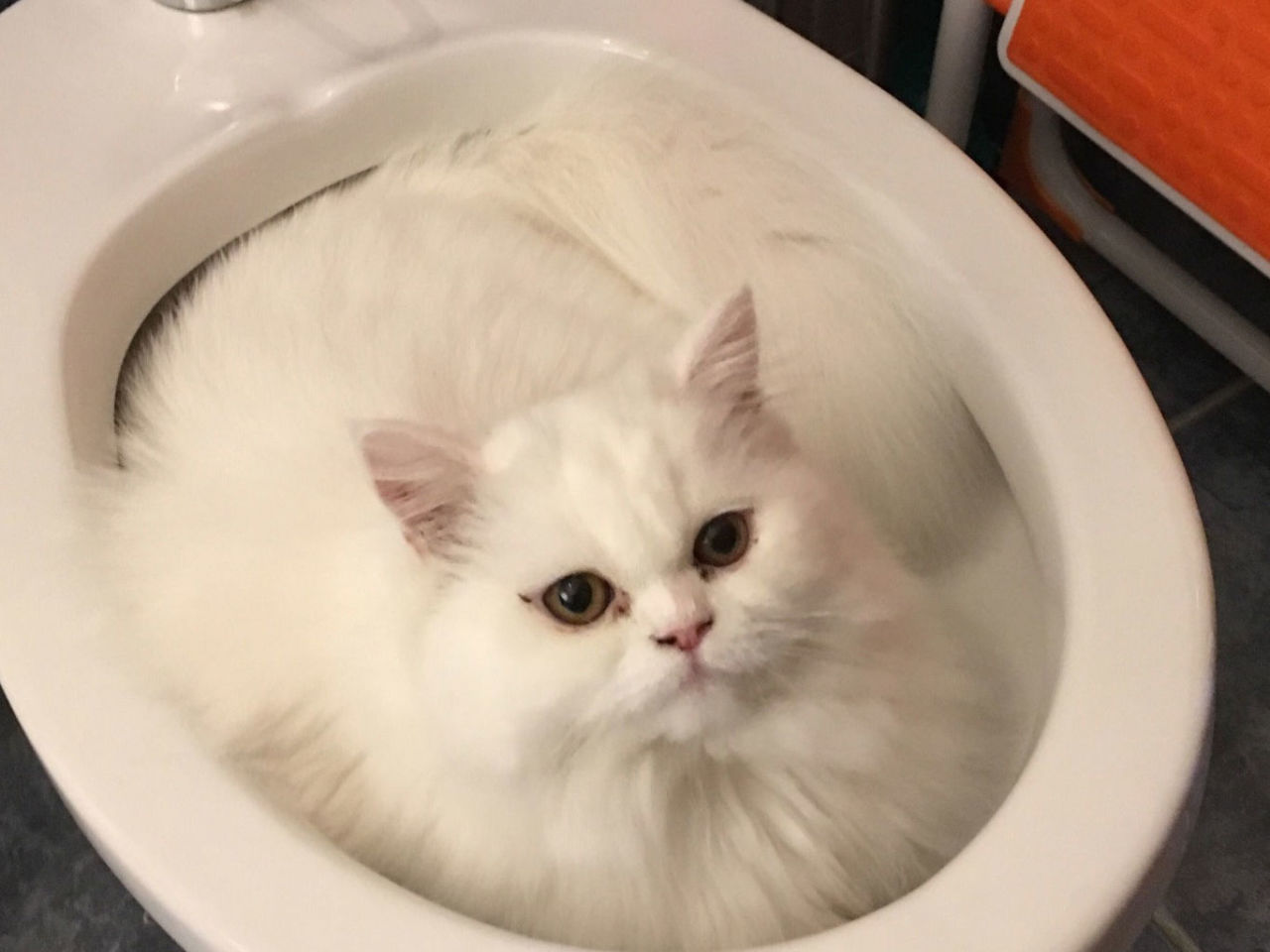Hazards of Flushing Cat Poop Down Your Toilet - Prevent Possible Issues
Hazards of Flushing Cat Poop Down Your Toilet - Prevent Possible Issues
Blog Article
We've stumbled on this great article involving Can You Flush Cat Poop Down The Toilet? below on the web and thought it made sense to relate it with you in this article.

Intro
As feline proprietors, it's important to be mindful of how we take care of our feline friends' waste. While it might appear convenient to purge cat poop down the bathroom, this technique can have damaging consequences for both the setting and human health.
Ecological Impact
Flushing pet cat poop presents harmful pathogens and bloodsuckers into the water system, presenting a considerable threat to aquatic environments. These contaminants can negatively influence marine life and compromise water top quality.
Health and wellness Risks
Along with environmental worries, purging feline waste can likewise posture health threats to humans. Cat feces may consist of Toxoplasma gondii, a bloodsucker that can create toxoplasmosis-- a possibly severe disease, specifically for expectant ladies and people with damaged body immune systems.
Alternatives to Flushing
Luckily, there are safer and much more accountable ways to throw away cat poop. Consider the following alternatives:
1. Scoop and Dispose in Trash
The most typical approach of getting rid of cat poop is to scoop it right into an eco-friendly bag and toss it in the garbage. Make certain to use a dedicated clutter scoop and get rid of the waste quickly.
2. Usage Biodegradable Litter
Choose eco-friendly cat clutter made from materials such as corn or wheat. These clutters are environmentally friendly and can be safely dealt with in the trash.
3. Hide in the Yard
If you have a lawn, think about hiding feline waste in a designated location far from vegetable gardens and water sources. Make certain to dig deep adequate to prevent contamination of groundwater.
4. Set Up a Pet Waste Disposal System
Invest in an animal garbage disposal system specifically developed for feline waste. These systems make use of enzymes to break down the waste, reducing odor and environmental influence.
Conclusion
Accountable animal ownership prolongs past giving food and shelter-- it also entails correct waste monitoring. By avoiding purging feline poop down the commode and selecting different disposal techniques, we can reduce our ecological footprint and safeguard human health.
Why Can’t I Flush Cat Poop?
It Spreads a Parasite
Cats are frequently infected with a parasite called toxoplasma gondii. The parasite causes an infection called toxoplasmosis. It is usually harmless to cats. The parasite only uses cat poop as a host for its eggs. Otherwise, the cat’s immune system usually keeps the infection at low enough levels to maintain its own health. But it does not stop the develop of eggs. These eggs are tiny and surprisingly tough. They may survive for a year before they begin to grow. But that’s the problem.
Our wastewater system is not designed to deal with toxoplasmosis eggs. Instead, most eggs will flush from your toilet into sewers and wastewater management plants. After the sewage is treated for many other harmful things in it, it is typically released into local rivers, lakes, or oceans. Here, the toxoplasmosis eggs can find new hosts, including starfish, crabs, otters, and many other wildlife. For many, this is a significant risk to their health. Toxoplasmosis can also end up infecting water sources that are important for agriculture, which means our deer, pigs, and sheep can get infected too.
Is There Risk to Humans?
There can be a risk to human life from flushing cat poop down the toilet. If you do so, the parasites from your cat’s poop can end up in shellfish, game animals, or livestock. If this meat is then served raw or undercooked, the people who eat it can get sick.
In fact, according to the CDC, 40 million people in the United States are infected with toxoplasma gondii. They get it from exposure to infected seafood, or from some kind of cat poop contamination, like drinking from a stream that is contaminated or touching anything that has come into contact with cat poop. That includes just cleaning a cat litter box.
Most people who get infected with these parasites will not develop any symptoms. However, for pregnant women or for those with compromised immune systems, the parasite can cause severe health problems.
How to Handle Cat Poop
The best way to handle cat poop is actually to clean the box more often. The eggs that the parasite sheds will not become active until one to five days after the cat poops. That means that if you clean daily, you’re much less likely to come into direct contact with infectious eggs.
That said, always dispose of cat poop in the garbage and not down the toilet. Wash your hands before and after you clean the litter box, and bring the bag of poop right outside to your garbage bins.
https://trenchlesssolutionsusa.com/why-cant-i-flush-cat-poop/

We had been made aware of that write-up on How to Dispose of Cat Poop and Litter Without Plastic Bags from a good friend on another web address. Do you know another individual who is interested in the subject? Do not hesitate to promote it. Many thanks for your time invested reading it.
Call Us Today Report this page